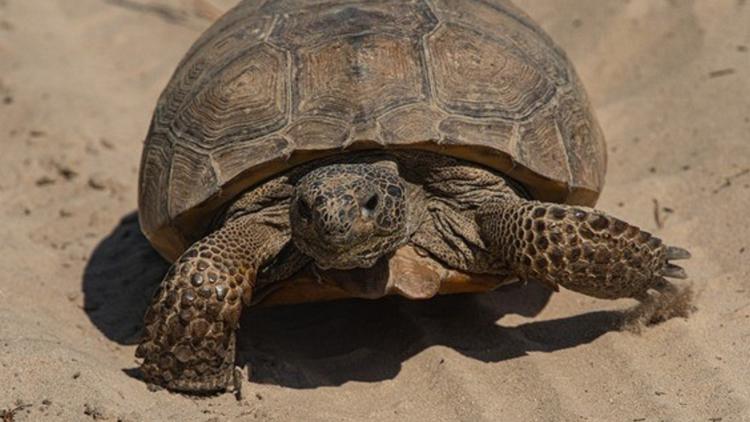COLUMBIA, S.C. — South Carolina Department of Natural Resources (SCDNR) and a multi-agency effort has led to the purchase of more than 10,000 acres in Jasper and Hampton counties that will protect critical plant and animal habitats and expand public recreation opportunities in the Lowcountry.
The resulting Coosawhatchie Heritage Preserve/Wildlife Management Area (HPWMA) will consist of the newly purchased 10,570 acres, with another 1,992 pending, plus another 13,100 acres of adjoining and nearby land that is already protected by public and private entities.
The $50 million paid for the Buckfield and Slater properties that made up the 10,000+ acres was a joint effort by SCDNR's Heritage Trust Program, Open Space Institute Land Trust, The Nature Conservancy in South Carolina, the SC Conservatory, and state and federal lawmakers.
“This is yet another significant milestone in our ongoing efforts to protect our state’s most precious natural resources,” Gov. Henry McMaster said. “By prioritizing conservation, we are not only protecting our environment and wildlife but enhancing our quality of life by ensuring these beautiful landscapes are not lost to overdevelopment but preserved for future generations to enjoy.”
Coosawhatchie HPWMA is home to 68 priority plant and animal species identified in the state's State Wildlife Action Plan, including the gopher tortoise, Eastern diamondback rattlesnake and Florida pine snake that are also on the federal at-risk species list. The property is a mix of pine hardwoods, sand ridges, open fields, bottomland hardwoods and waterfowl impoundments along more than 8 miles frontage on the Coosawhatchie River, 3 miles along the Tulifiny River,and 25 miles of internal creeks and streams.
Unless closed for a scheduled hunt, Coosawhatchie HPWMA is open to the public for hunting and fishing.
David Bishop, Coastal and Midlands Conservation Director, The Nature Conservancy in South Carolina said, "The permanent protection of these properties is significant because it is home to rare are charismatic species like the gopher tortoise and diamondback rattlesnake, but even more important is the larger network it creates by linking other protected properties. We're pleased that this special place will be open for the public to appreciate.”



